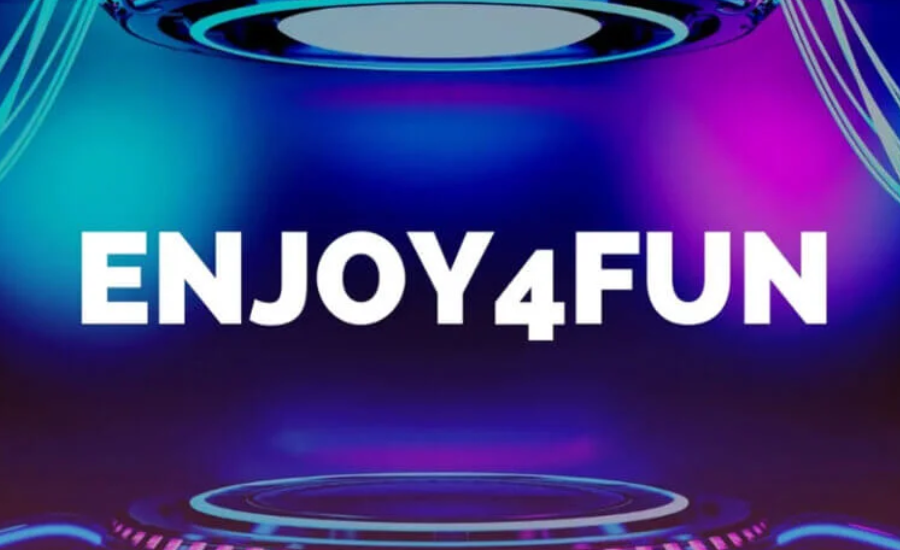In various fields—be it child development, education, or corporate management—correction is an essential tool for improving behavior and performance. However, the act of repeating a mild reprimand, which I refer to as “When Doubled a Mild Reprimand,” can be a powerful yet delicate technique. It is more than just repeating the same point over and over; it can have a significant psychological impact on the person receiving the correction. This article delves deep into this concept, offering insights into its psychological consequences, strategies for its effective use, and tips for balancing its application to avoid negative outcomes.
Introduction To “When Doubled A Mild Reprimand”

The concept of “When Doubled a Mild Reprimand” refers to a process where someone, often a parent, teacher, or manager, repeatedly points out a mistake or undesirable behavior in a mild, corrective manner. The repetition of these corrections aims to guide the person towards the right behavior, helping them internalize the correct response over time.
This form of correction is common in various contexts—parenting, education, and workplace environments. The idea is that mild reprimands, when delivered consistently and thoughtfully, can lead to the desired change in behavior. However, this strategy is not without its psychological ramifications, especially when used excessively or without sufficient positive reinforcement.
While mild reprimands can help learners or employees develop better habits and behaviors, they must be employed carefully. If used too frequently or in an overly repetitive manner, they risk undermining confidence, stifling creativity, and even fostering a culture of compliance over innovation. The key is to maintain a balance that maximizes the benefits of this approach without causing the learner or employee to become frustrated or demotivated.
The Psychological Impact Of “When Doubled A Mild Reprimand”
The act of providing a mild reprimand repeatedly may seem harmless at first, but its psychological consequences can be profound, particularly in terms of motivation, self-esteem, and behavior.
The Risk Of Low Self-Esteem
Continuous, mild reprimands, especially when delivered in a repetitive and consistent manner, can lead to diminished self-esteem. The recipient may begin to internalize the corrections, questioning their worth and feeling as though they can never do enough to meet the expected standards. In an educational setting or workplace, where confidence plays a significant role in productivity and creativity, this can be especially harmful.
When a learner or employee is constantly reminded of their mistakes, they may start to feel inadequate, which may impact their willingness to take on new challenges or pursue creative solutions. Instead of feeling encouraged to improve, they might become overly cautious or even avoid tasks altogether, fearing further correction.
Shifting Motivation From Intrinsic To Extrinsic

Another significant psychological effect of repetitive mild reprimands is the shift in motivation. Ideally, a person should be intrinsically motivated to perform well—motivated by a desire to succeed and a sense of personal achievement. However, when reprimands are frequently used, motivation can shift from intrinsic (driven by internal goals) to extrinsic (driven by the desire to avoid negative feedback).
This shift can lead to less energy, enthusiasm, and innovation. People may begin to do just enough to avoid reprimands rather than striving for excellence. This change can have long-term consequences, particularly in workplaces or learning environments where motivation and initiative are critical to success.
Compliant Behavior vs. Innovation
Repetitive corrections often foster a culture of compliance rather than innovation. In environments where corrections are frequent, individuals may become more focused on avoiding mistakes than on thinking creatively or taking risks. They may follow instructions meticulously, but their contributions are likely to be less innovative or bold.
The result can be an atmosphere where people are driven by fear of correction rather than the desire to excel. In such environments, both productivity and creativity can suffer as individuals focus on meeting basic expectations rather than pushing boundaries or seeking improvements.
Strategies For Effective Use Of “When Doubled A Mild Reprimand”
To maximize the effectiveness of repetitive correction and avoid the potential psychological drawbacks, it is crucial to implement thoughtful and strategic approaches. Here are some strategies for using “When Doubled a Mild Reprimand” effectively:
1. Use Constructive Feedback

Instead of merely repeating what went wrong, constructive feedback focuses on specific behaviors and suggests ways to improve. For instance, instead of saying, “You always make mistakes,” a more effective approach would be, “I noticed this particular issue. Let’s go over the steps together so we can improve it.”
Constructive feedback not only highlights areas for improvement but also provides a solution, guiding the individual toward better behavior or performance. This approach fosters a growth mindset and encourages individuals to learn from their mistakes rather than feel discouraged by them.
2. Set Realistic Expectations And Goals
It’s important to balance correction with realistic expectations. Repetitive correction can be frustrating if the individual feels they are constantly being told what they’re doing wrong without understanding the path to improvement.
Setting clear, achievable goals and offering incremental feedback helps individuals track their progress and understand what is expected of them. Instead of overwhelming them with corrections, focus on specific areas that need attention and provide positive reinforcement when goals are met.
3. Foster A Positive, Supportive Environment
A positive learning or working environment can help mitigate the psychological effects of repetitive correction. When people feel supported and encouraged, they are more likely to accept corrections without feeling demoralized.
In a workplace or classroom setting, maintaining an open and supportive atmosphere where mistakes are seen as part of the learning process rather than failures can help reduce the negative effects of corrective feedback. Managers and educators should strive to create an environment where feedback is viewed as a tool for growth, not punishment.
4. Encourage Self-Reflection And Ownership
Instead of just telling someone what they did wrong, encourage self-reflection. Ask questions like, “What do you think could have been done differently?” This approach empowers individuals to take ownership of their mistakes and learn from them. It shifts the focus from external correction to internal understanding, fostering greater self-awareness and long-term growth.
5. Recognize And Reinforce Positive Behavior
Repetitive correction should always be paired with recognition of positive behavior. It’s important to acknowledge when the individual makes progress or shows improvement, as this reinforces the desired behavior. Positive reinforcement helps maintain motivation and encourages continued progress.
Conclusion

“When Doubled a Mild Reprimand” is a technique that can lead to positive outcomes if applied carefully and thoughtfully. However, like any correction strategy, it has the potential to backfire if used excessively or inappropriately. Understanding the psychological impact of repetitive correction and using strategies such as constructive feedback, realistic goal setting, and a positive environment can help mitigate its negative effects while promoting growth and development.
For parents, teachers, and managers, it is essential to find a balance between offering corrections and fostering an environment of trust, support, and motivation. By doing so, the individual can not only correct their mistakes but also feel empowered to improve and excel in the future.
By integrating these strategies, we can create more productive, innovative, and emotionally resilient environments where corrections lead to learning, growth, and positive change.
Frequently Asked Questions (FAQs)
1. How can my corrections have a negative impact?
Excessive or poorly delivered corrections can lead to feelings of frustration, low self-esteem, and demotivation. If corrections are overly repetitive, the individual might feel as if they can never meet expectations, leading to a decrease in confidence and a reluctance to take on challenges. Signs of negative impact include increased irritability, avoidance of tasks, and reduced enthusiasm for improvement.
2. What are some signs of effective correction?
Effective correction is marked by improved behavior or performance, a positive attitude toward learning, and increased confidence. The individual should be able to reflect on their mistakes, take corrective action, and demonstrate progress. They should also be open to receiving feedback and show a proactive approach in applying it to future tasks.
3. How often should I provide corrective feedback?
Feedback should be provided consistently but not excessively. It is most effective when given at the right moments, such as when specific behavior needs to be corrected, and when the individual is receptive to feedback. Too much feedback can lead to frustration, so it is important to balance the frequency of corrections with recognition of improvements and positive behavior.
4. How can I avoid the negative impact of repetitive corrections?
To avoid the negative effects of repetitive corrections, ensure that feedback is constructive, supportive, and paired with recognition of progress. Focus on providing solutions and strategies for improvement rather than simply pointing out mistakes. Create a positive and supportive environment where mistakes are viewed as learning opportunities, not failures.
Read More: brooktaube.blog
